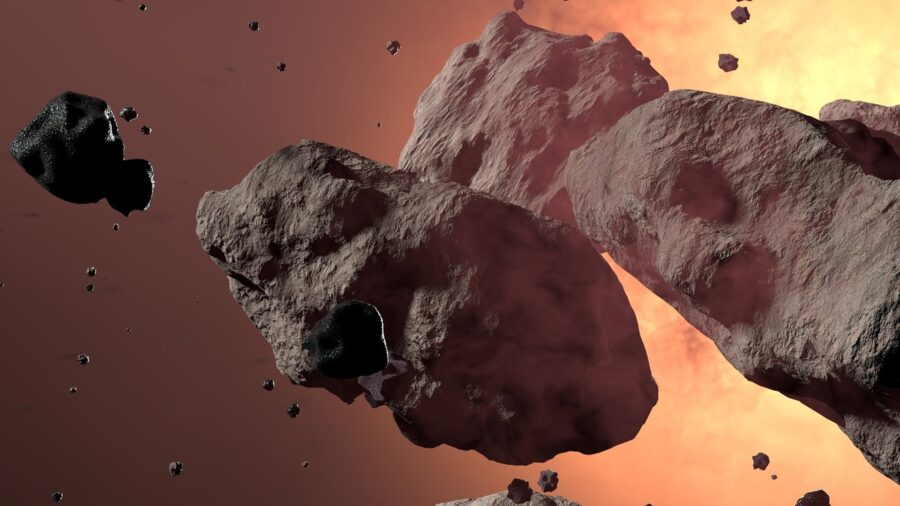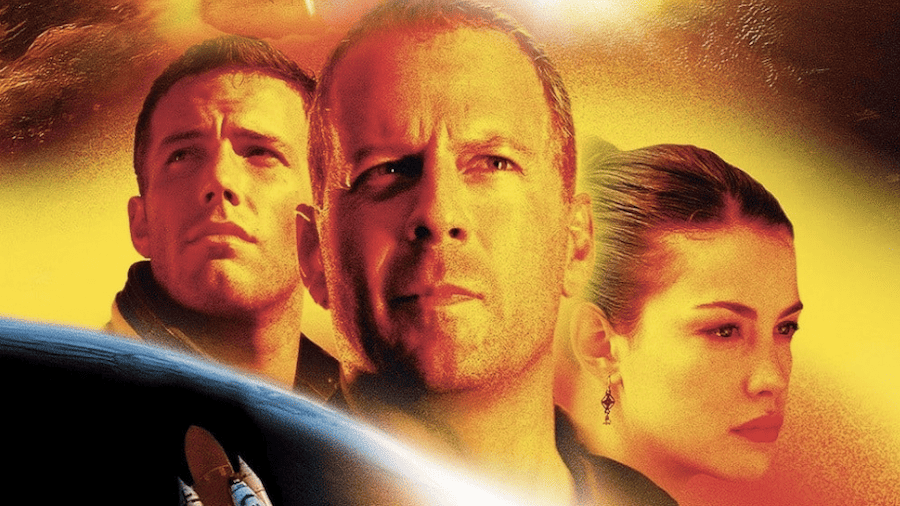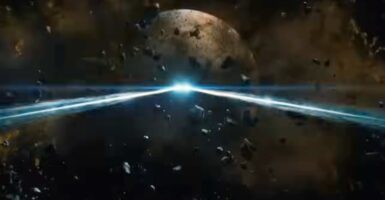Multiple Asteroids Headed Toward Earth, Impact Imminent?

Forbes reports that there are a number of asteroids passing by Earth this week, and depending on your outlook on life, this could be a good thing or a bad thing. If you’re a glass-half-full type of person, then you’ll be pleased to know that the five asteroids – named RG, RH, QC5, GE, and RL – don’t hit the appropriate metrics to herald an extinction-level event on Earth.
Five asteroids will come within 4.6 million miles of Earth this week, though none of them are large enough to cause concern.
If you just want to see the world burn, then we’re sorry to say that you’re going to have to wait a little longer, but you still have plenty of time to catch up on the first season of The Last of Us before its season 2 premiere if you want to experience a new world order in the face of disaster.
Though all of the asteroids are reported to be within the appropriate distance from Earth (4.6 million miles) to cause concern, the important fact to consider is that these asteroids are too small to cause any kind of damage to our planet. In fact, NASA doesn’t even consider these asteroids to be hazardous to our way of life by any stretch of the imagination because of their underwhelming sizes.
The largest asteroid of the bunch, RH, is about the size of a plane, which is a far cry from the minimum size of 492 feet required to reach Earth or cause any kind of damage.
The five asteroids, none of which will be visible to the naked eye, can be viewed through a virtual asteroid tracker that’s provided by NASA, if you still want to witness their respective trajectories.
If you just want to see the world burn, then we’re sorry to say that you’re going to have to wait a little longer…
As for the world-ending kind of asteroids that we’ve seen in movies, NASA predicts that large, damaging asteroids only hit Earth every 100,000 years or so. Back in the 90s, astronomers thought that one of these Earth threatening asteroids would strike Earth by the year 2028, but more recent research suggests that there was an arithmetic error, and there are currently no known asteroids that fit both the size and distance requirement to pose any sort of imminent threat.

While asteroids are capable of providing insight of the history of the solar system because of their chemical and mineral compositions, the reality is that we still need to send spacecrafts out to study them, because significant impacts are few and far between.
So if you’re a veteran oil driller riding on the wings of a dream of drilling into the center of an asteroid the size of Texas under the condition that you’ll be made tax-exempt for the rest of your life because of your selfless heroism, we wouldn’t recommend holding your breath, at least at the time of this writing.
Fortunately for us, most asteroids are located in an asteroid belt found between Jupiter and Mars. Thanks to Jupiter’s immense gravitational pull, most of these rogue celestial bodies rarely leave their orbital path. And based on the current research, the asteroids that do enter Earth’s orbital path are simply too small to cause any concern because they’d likely be eaten up by Earth’s atmosphere before they even have a chance to impact our planet’s surface.
While asteroids are capable of providing insight of the history of the solar system because of their chemical and mineral compositions, the reality is that we still need to send spacecrafts out to study them, because significant impacts are few and far between. Given the trajectory and size of your average asteroid, we’re not even close to being in harm’s way.












